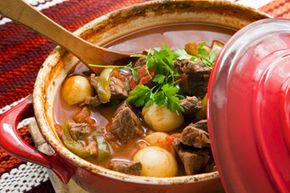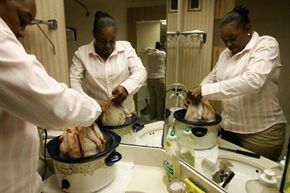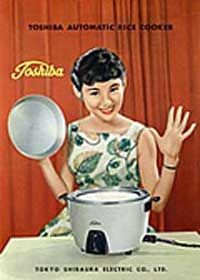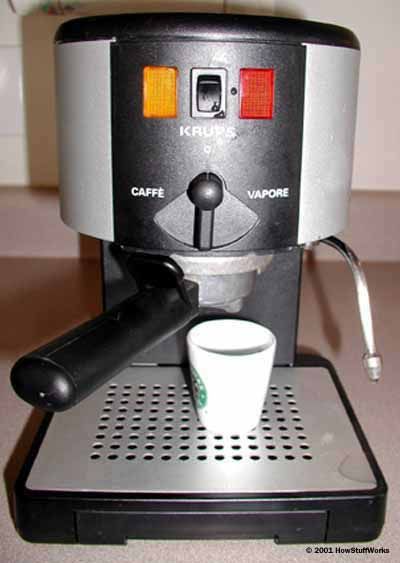Key Takeaways
- Slow cookers are designed for long, low-temperature cooking, making them ideal for preparing a variety of dishes with minimal effort. They safely cook food to at least 140°F (60°C) within four hours to prevent bacterial growth.
- Care and maintenance tips include never filling the cooker more than two-thirds full, never immersing the base in water and avoiding temperature extremes to prevent damage to the stoneware insert.
- It's crucial to thoroughly thaw meats before adding them to the cooker and to precook dry beans to remove toxins, as slow cookers don't reach temperatures high enough to safely cook dry beans directly.
It's another cold one out there, and after a long hard day at work, the last thing you want to do is slave over the stove to cook a decent supper. Luckily, you've prepared for today and can walk into your home and be welcomed by the scent of a stew wafting through the air, enticing you to a warm dinner.
Even though no one's been home, your meal is just about ready thanks to your slow cooker. This small electric appliance, a staple of many homes for more than 30 years, is based on the principles of slow cooking. The concept of slow cooking is simple: Put food into some sort of container or contained area and let it cook slowly. It's a method used in barbecue pits and pig roasts, where low temperatures and a lot of time allow meat to become tender. Slow cooking can be done via dry heat, as in an oven or roaster, or it can be moist, by involving liquid during the cooking process. Slow cookers use moisture in a unique way because they remain sealed during the cooking process. As food cooks and lets off steam, the condensation collects inside the device and acts as a baster.
Advertisement
The slow cooking method has been around for centuries, and the electrical slow cooker first became popular in the 1970s kitchen -- the original slow cookers came in chic colors of the day, such as avocado and goldenrod. But when microwaves came into vogue a few years later, the slow cooker was left behind as people started zapping their food. However, the tide has turned back to slow cooking and new cookbooks that provide a variety of tasty recipes for this one-pot wonder. Manufacturers developed newer, more stylish versions of the device, which led to its resurgence over the last decade as a must-have appliance for time-strapped cooks. In the next section, we'll look at how a pot for preparing beans revolutionized cooking.
Advertisement



